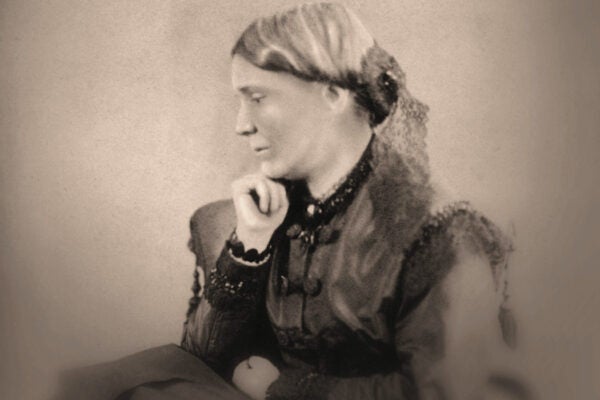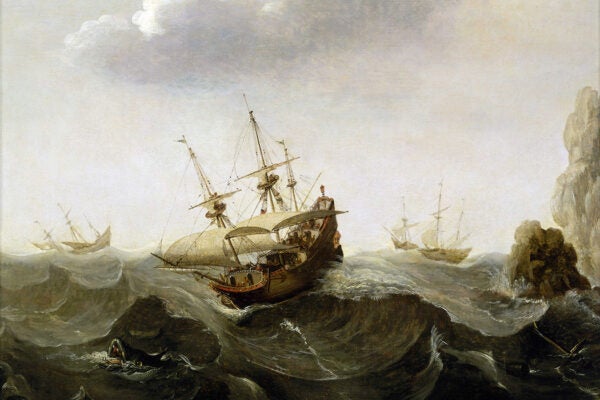The Intersection of Dance and Science
Lynn Matluck Brooks dives into the ever-evolving relationship between movement and technology.
Crocodile of a Migraine? An Egyptian Rx
Why the ancient Egyptians did—or did not—recommended strapping a clay crocodile to an aching head.
Call the Midwives—Assuming Any Are Left
While midwife-attended deliveries are the norm in the United Kingdom, they’re the exception in the United States. Time was, this difference wasn’t so stark.
Defining and Redefining Intersex
The transatlantic circulation of ideas between Baltimore and Zurich consolidated and standardized treatments of intersex infants in the 1950s.
Why Not Just Be a Nurse?
To be taken seriously as physicians, women doctors in nineteenth-century Britain felt the need to distinguish themselves from others of their gender.
Mother’s—and Others’—Milk
Said to bestow strength and beauty, to purify body and soul, and to yield success and happiness, milk’s image is as adulterated as the liquid itself.
Putting an End to Obscene Quackery
When medical professionals joined anti-vice campaigners to censor publications about sex in the 1800s, they found themselves wielding a double-edged sword.
Earthsickness At Sea
Early European circumnavigators thought that their long absence from land during sea voyages made them sick. (Spoiler alert: it was scurvy.)
Human Remains and Museums: A Reading List
Questions over their value for research conflict with the ethics of possessing the dead, especially when presenting human remains in the setting of a museum.
Himmelsbriefe: Heaven-Sent Chain Letters
For more than a thousand years, people have used letters allegedly written by Christ as both doctrinal evidence and magical charms.









